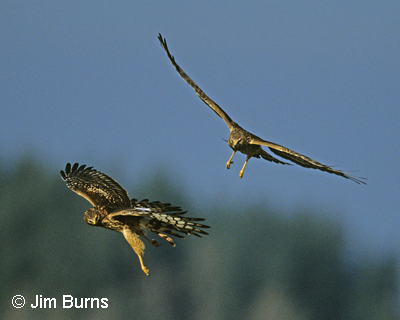
#1--Get Out More
Remember trying to learn piano as a kid or Spanish as an adult? Once a week didn't cut it, right? A rule of thumb for advancing your level at any skill is three times a week. Less than that is just maintenance. And fifteen minutes every other day is better than all day Saturday.
#2--Get Out With Better Birders
Go on guided field trips, jump on invitations from experienced friends, seek out a mentor. Finding the hotspots, learning key field marks, or just figuring out how to most efficiently use your equipment (binoculars and field guide) takes a lot less time when you see and hear it from someone who's been there, done that.
#3--Go Out By Yourself
Don't become addicted to birding with others. You can't build confidence and learn from your mistakes if group birding becomes a constant crutch. Getting out by yourself will challenge your new skills and force you to trust them.
#4--Set Specific Goals
Try two things you haven't done before. One, go to an unfamiliar area or habitat and try to identify EVERY bird you see. Don't move on to the next bird until you've put a label on the one you're seeing or hearing right now. Second, pick a species of interest which you've never seen, learn everything you can about it, then go find it.
#5--Upgrade Your Equipment
Christmas is coming up. Splurge on yourself or ask your loved ones to indulge your passion. Better optics really do help you see obscure field marks better and your eyes won't feel fatigued at the end of a full day in the field. Better field guides really do offer better illustrations and explanations of what you're looking for and what you're seeing.
#6--Become Better Informed
Here are a magazine and five books I'd put at the top of your Christmas list. Birder's World (six issues/year, a nice mix of equipment reviews, identification tips, photography, and readers' questions); The Sibley Guide to Birds (David Sibley, Knopf, 2000); Lives of North American Birds (Kenn Kaufman, Houghton, Mifflin, 1996); Hawks from Every Angle (Jerry Liguori, Princeton University Press, 2005); A Birder's Guide to Southeastern Arizona (Richard Taylor, American Birding Association, 2005); The Birdwatcher's Companion to North American Birdlife (Christopher Leahy, Princeton University Press, 2004).
#7--Have Fun
Don't ever forget, this is why you started.
The Christmas Bird Count season is coming up. Participating in a bird count will satisfy four of these seven objectives. Contact Walter Thurber at 480-483-6450 to sign up for the Carefree count on Tuesday, January 2. Walter welcomes beginners, you'll see different birds in different habitat with experienced birders, and you'll jumpstart your fun with sparrows which we'll discuss in the next column.